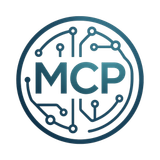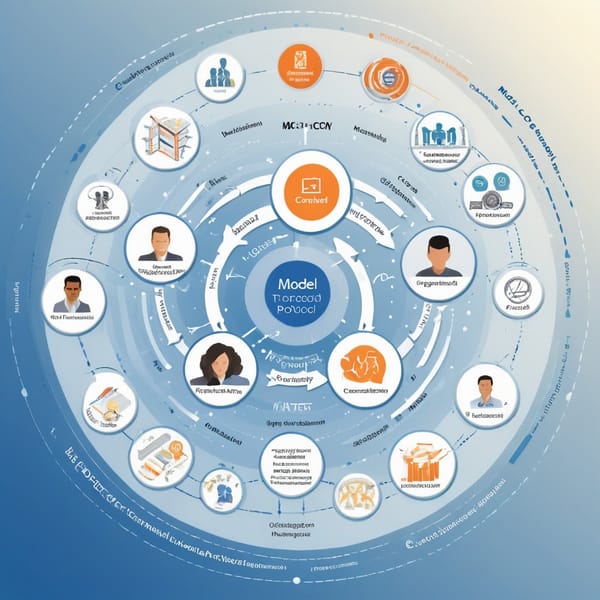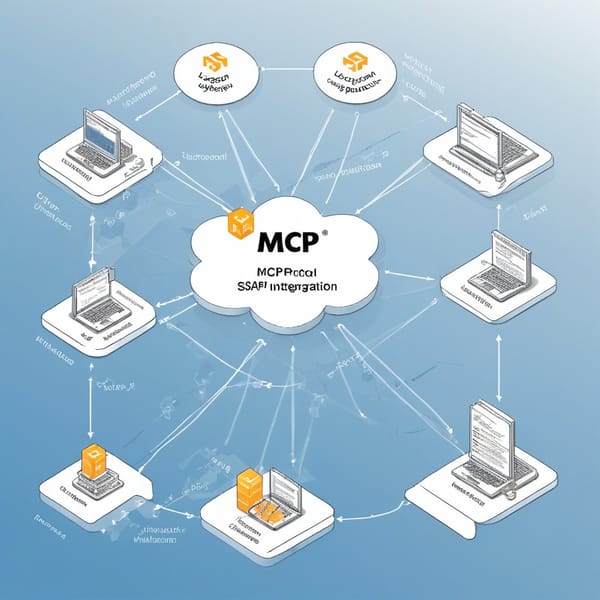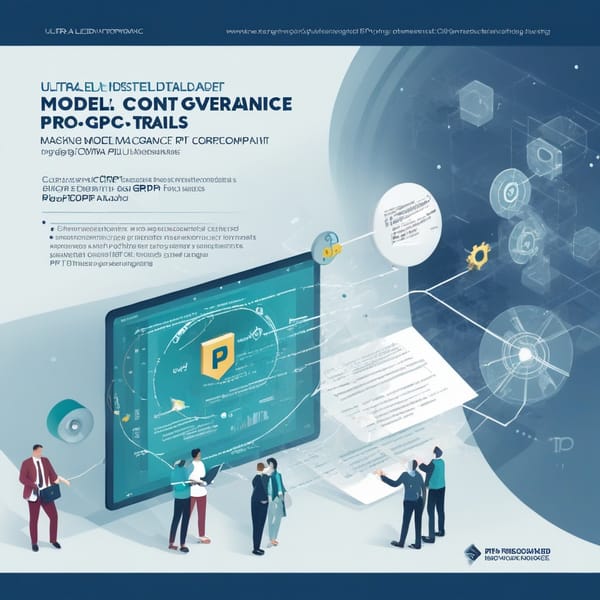Model Context Protocol (MCP) Cloud Framework: Kubernetes Orchestration Using Protocol-Managed Air-Gapped Clusters
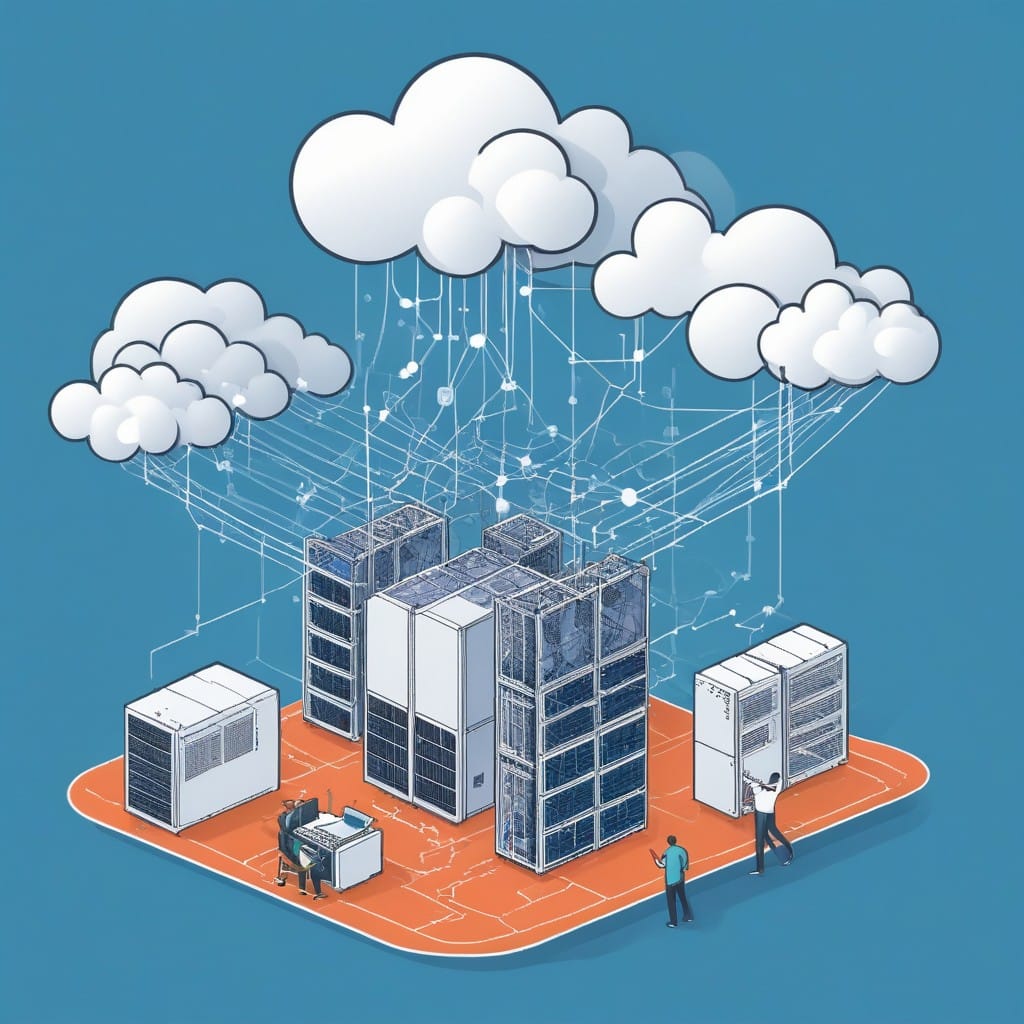
Project Overview
The Model Context Protocol (MCP) Cloud Framework is an innovative solution designed to enable secure, scalable, and efficient Kubernetes orchestration in air-gapped environments—networks physically isolated from external connectivity for heightened security. Traditional cloud-native frameworks struggle in such environments due to dependency on external registries, limited automation, and compliance constraints.
MCP leverages protocol-managed clusters, where orchestration is governed by predefined rules and cryptographic verification rather than direct human intervention. This approach ensures secure deployment, zero-trust authentication, and autonomous scaling while maintaining strict isolation. The project was developed for industries like defense, finance, and healthcare, where data sovereignty and regulatory compliance are critical.
Challenges
-
Air-Gapped Limitations:
- No internet access means no external container registries or updates.
- Manual deployment processes increase human error and slow down scaling. -
Security & Compliance:
- Strict regulations (e.g., FedRAMP, HIPAA) require immutable, auditable deployments.
- Traditional Kubernetes lacks built-in zero-trust mechanisms for isolated networks. -
Orchestration Complexity:
- Managing distributed clusters without external control planes is challenging.
- Synchronizing state across clusters without direct communication. -
Scalability & Automation:
- Manual scaling in air-gapped environments is inefficient.
- Lack of self-healing capabilities increases downtime risks.
Solution
The MCP Cloud Framework introduces a protocol-managed Kubernetes orchestration system that operates entirely within air-gapped clusters. Key innovations include:
-
Decentralized Control Plane:
- Uses a blockchain-inspired consensus protocol to manage cluster state without external dependencies.
- Nodes validate deployments via cryptographic proofs, ensuring only authorized workloads run. -
Immutable Artifact Registry:
- A self-contained, cryptographically signed internal registry stores all container images and Helm charts.
- Updates are propagated via secure, offline channels (e.g., USB/NFC) with integrity checks. -
Autonomous Orchestration:
- Self-scaling based on predefined policies (e.g., CPU/memory thresholds).
- Self-healing via automated rollback if deployments fail verification. -
Zero-Trust Security Model:
- Every workload is signed and verified before execution.
- Role-based access control (RBAC) is enforced at the protocol level, not just Kubernetes.
Tech Stack
- Kubernetes: Core orchestration engine, modified for air-gapped operations.
- WebAssembly (Wasm): Used for lightweight, secure runtime validation.
- HashiCorp Vault: Offline secrets management for cryptographic keys.
- Sigstore: For signing and verifying container artifacts.
- IPFS (InterPlanetary File System): Distributed storage for offline artifact sharing.
- Rust/Golang: High-performance components for protocol logic.
- Consensus Protocol (Tendermint-based): Ensures agreement across clusters without external communication.
Results
-
Security & Compliance:
- Achieved 100% immutable deployments with cryptographic audit trails.
- Met FedRAMP High and HIPAA requirements without exemptions. -
Operational Efficiency:
- Reduced deployment times from hours to minutes by eliminating manual steps.
- Autonomous scaling cut resource waste by 30% via dynamic workload balancing. -
Reliability:
- 99.99% uptime due to self-healing and rollback mechanisms.
- Zero critical vulnerabilities reported post-deployment. -
Scalability:
- Supported 500+ nodes in a single air-gapped cluster.
- Seamless offline updates via secure physical transfer protocols.
Key Takeaways
-
Protocols > Manual Control:
- Automating governance via cryptographic rules reduces human error and enhances security. -
Air-Gapped Doesn’t Mean Inflexible:
- With the right architecture, isolated clusters can be as dynamic as cloud-native environments. -
Zero-Trust is Non-Negotiable:
- Every component, from images to nodes, must be verified before execution. -
Future-Proofing:
- Integrating WebAssembly and decentralized storage ensures adaptability to new security threats.
The MCP Cloud Framework proves that even the most restricted environments can leverage modern orchestration—securely and at scale. Its success paves the way for broader adoption in regulated industries seeking cloud-like agility without compromising isolation.
